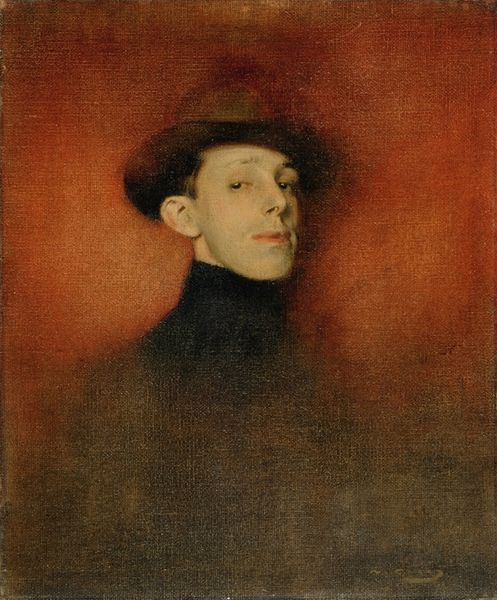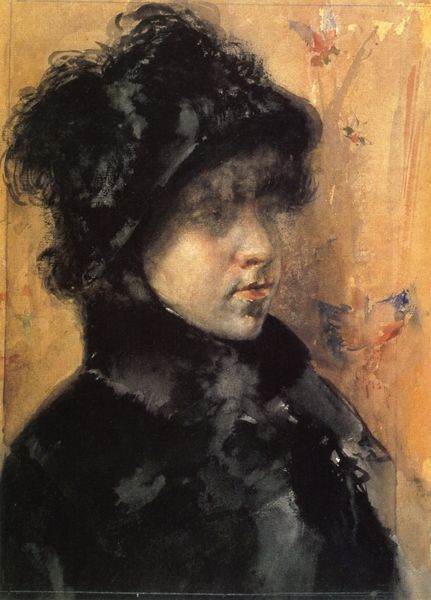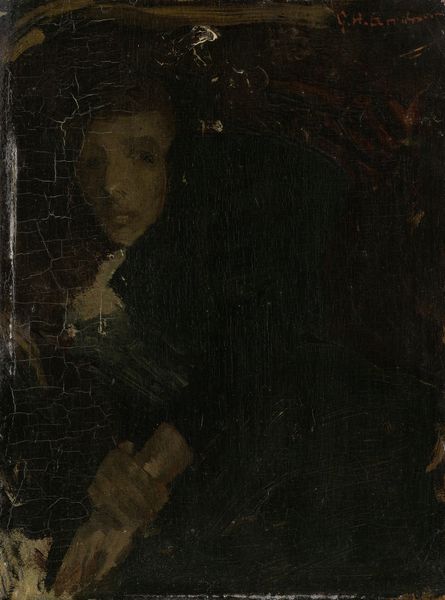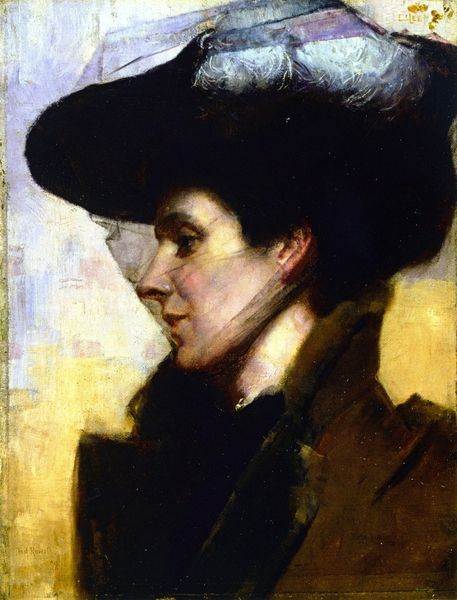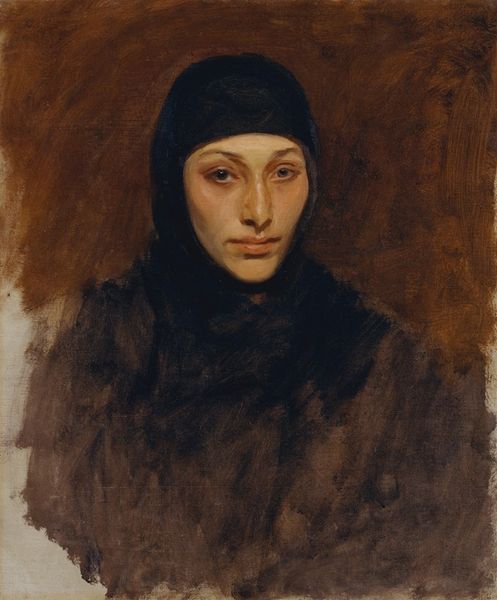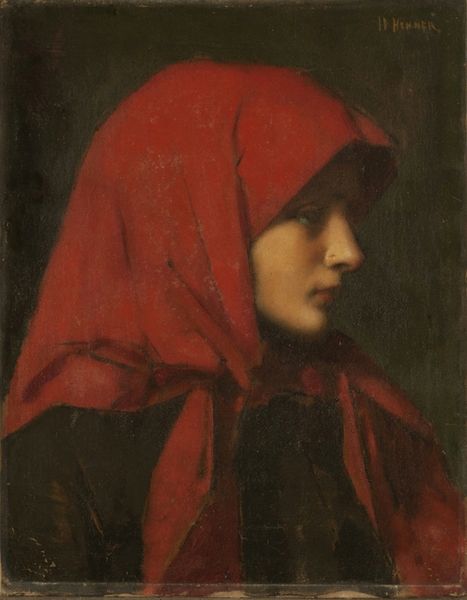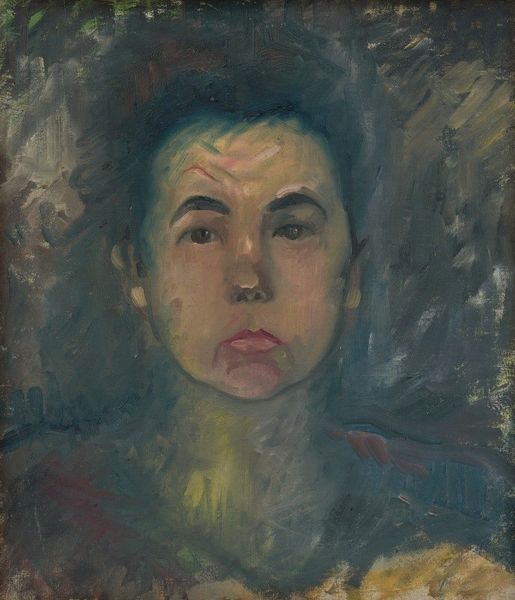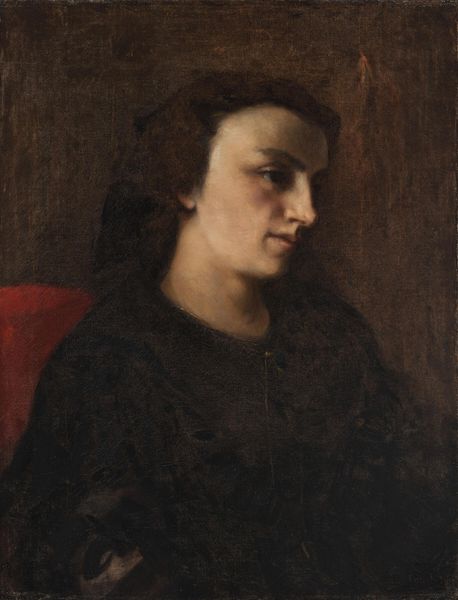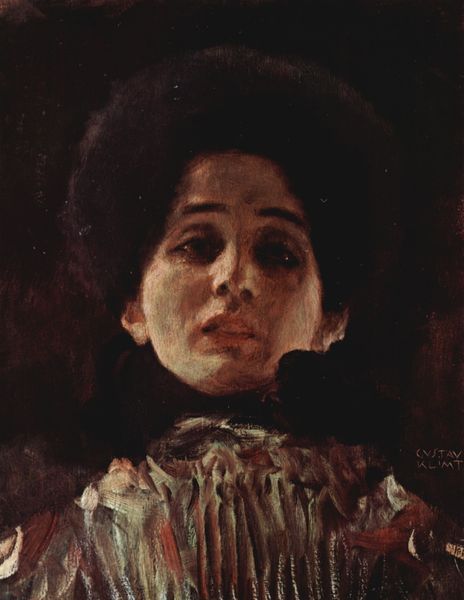
oil-paint
#
portrait
#
oil-paint
#
oil painting
#
academic-art
#
portrait art
#
realism
Copyright: Public domain
Editor: This is Ramon Casas' "Study from Life for the Portrait of King Alfons XIII," an oil painting, though it doesn't have a confirmed date. It has a really interesting blend of informality and the expected formality of a royal portrait. How should we interpret that contrast? Curator: Well, consider the context. Casas was commissioned to paint the King. How do you think the public expected royalty to be depicted at the time? And how does this preliminary study subvert those expectations? Editor: I imagine very formally posed and stiff! This is much more relaxed, almost intimate, given his clothing. I suppose this was his way of maybe showing Alfons as more relatable to the public? Curator: Exactly. The turn of the century saw rising social tensions, shifting power dynamics. Even in monarchy, appearing aloof and distant wasn't always advantageous. Artists began experimenting with presenting royals in ways that bridged the gap between the throne and the common citizen. Do you think this worked? Editor: I think so. There's a clear effort here to democratize the image, making Alfons feel less like an untouchable figure. So this wasn’t just about artistic expression, but a carefully calculated move with political implications. Curator: Precisely. It highlights how portraiture, especially royal portraiture, serves as a key tool for constructing and controlling public perception, shaping the King's image. Editor: So, the portrait isn't just about aesthetics, it’s about power and propaganda too. I'll definitely keep that in mind when looking at portraits in the future. Thank you! Curator: My pleasure! Thinking about art through a historical and social lens adds so many interesting layers.
Comments
No comments
Be the first to comment and join the conversation on the ultimate creative platform.
